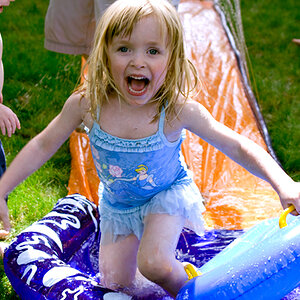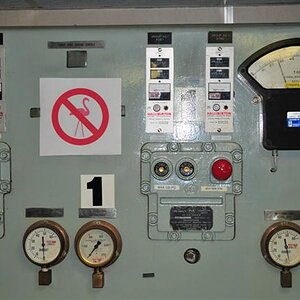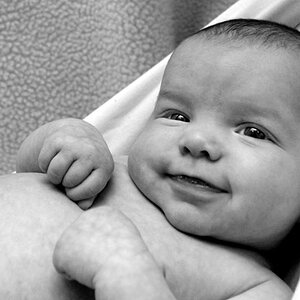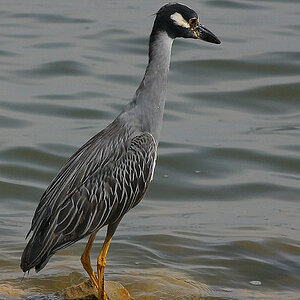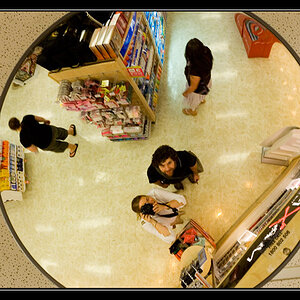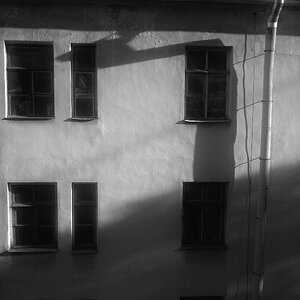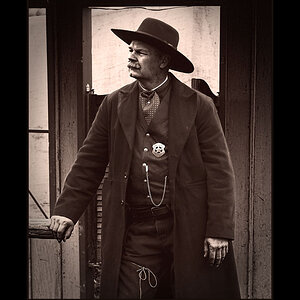Minch
TPF Noob!
- Joined
- Feb 18, 2013
- Messages
- 1
- Reaction score
- 0
- Location
- Geneva
- Can others edit my Photos
- Photos NOT OK to edit
Hi there,
I would like some advice on the best way to get into macro photography. I have a couple of questions, perhaps someone could be kind enough to help me out.
Basically, I have a Canon EOS 550 camera and a while ago I bought the Sigma 105mm DG Macro lens. I wanted to take some cool insect pictures but I had so much trouble with the DOF that I got tired of taking pics of insects' noses in sharp focus with the rest of them in a blurry mist behind them. I kind of gave up after a while. But I am going to Thailand in a few weeks and it could be a great opportunity to get some pics of nice insects and start to re-use my equipment, so I going to try and solve my issue and educate myself in the technical aspects of the mighty macro.
From research, I figured the DOF issue was due to poor lighting and the aperture, so I will get hold of a proper flash instead of the standard one and I think this will solve the issue. My second question is that I think my lens is 1:1 and - in order to take the kinds of pictures where you can see the nose hairs bristling on a fly - I think I need to get hold of an extension tube. Either this or crop down, but nonetheless - I want to get up close.
I know this decreases available light, so that's why I will get a better flash, but which tubes should I get? I have heard that Kenko is a good make and have researched around a few forums for the buzz, but I can't find anywhere the correct size of tube that I would need to fit between my Canon camera and the Sigma lens? They can't all be the same, surely?
Can someone recommend me a good extension tube to search for, or even better a decent one on amazon with a link so I can order the right one? All the shops here ( Switzerland ) so so massively overpriced that I think it's a better deal for me to order something online than use a local shop.
Thanks for your help, would be great to get some advice on my little macro problem
Matthew
I would like some advice on the best way to get into macro photography. I have a couple of questions, perhaps someone could be kind enough to help me out.
Basically, I have a Canon EOS 550 camera and a while ago I bought the Sigma 105mm DG Macro lens. I wanted to take some cool insect pictures but I had so much trouble with the DOF that I got tired of taking pics of insects' noses in sharp focus with the rest of them in a blurry mist behind them. I kind of gave up after a while. But I am going to Thailand in a few weeks and it could be a great opportunity to get some pics of nice insects and start to re-use my equipment, so I going to try and solve my issue and educate myself in the technical aspects of the mighty macro.
From research, I figured the DOF issue was due to poor lighting and the aperture, so I will get hold of a proper flash instead of the standard one and I think this will solve the issue. My second question is that I think my lens is 1:1 and - in order to take the kinds of pictures where you can see the nose hairs bristling on a fly - I think I need to get hold of an extension tube. Either this or crop down, but nonetheless - I want to get up close.
I know this decreases available light, so that's why I will get a better flash, but which tubes should I get? I have heard that Kenko is a good make and have researched around a few forums for the buzz, but I can't find anywhere the correct size of tube that I would need to fit between my Canon camera and the Sigma lens? They can't all be the same, surely?
Can someone recommend me a good extension tube to search for, or even better a decent one on amazon with a link so I can order the right one? All the shops here ( Switzerland ) so so massively overpriced that I think it's a better deal for me to order something online than use a local shop.
Thanks for your help, would be great to get some advice on my little macro problem
Matthew


